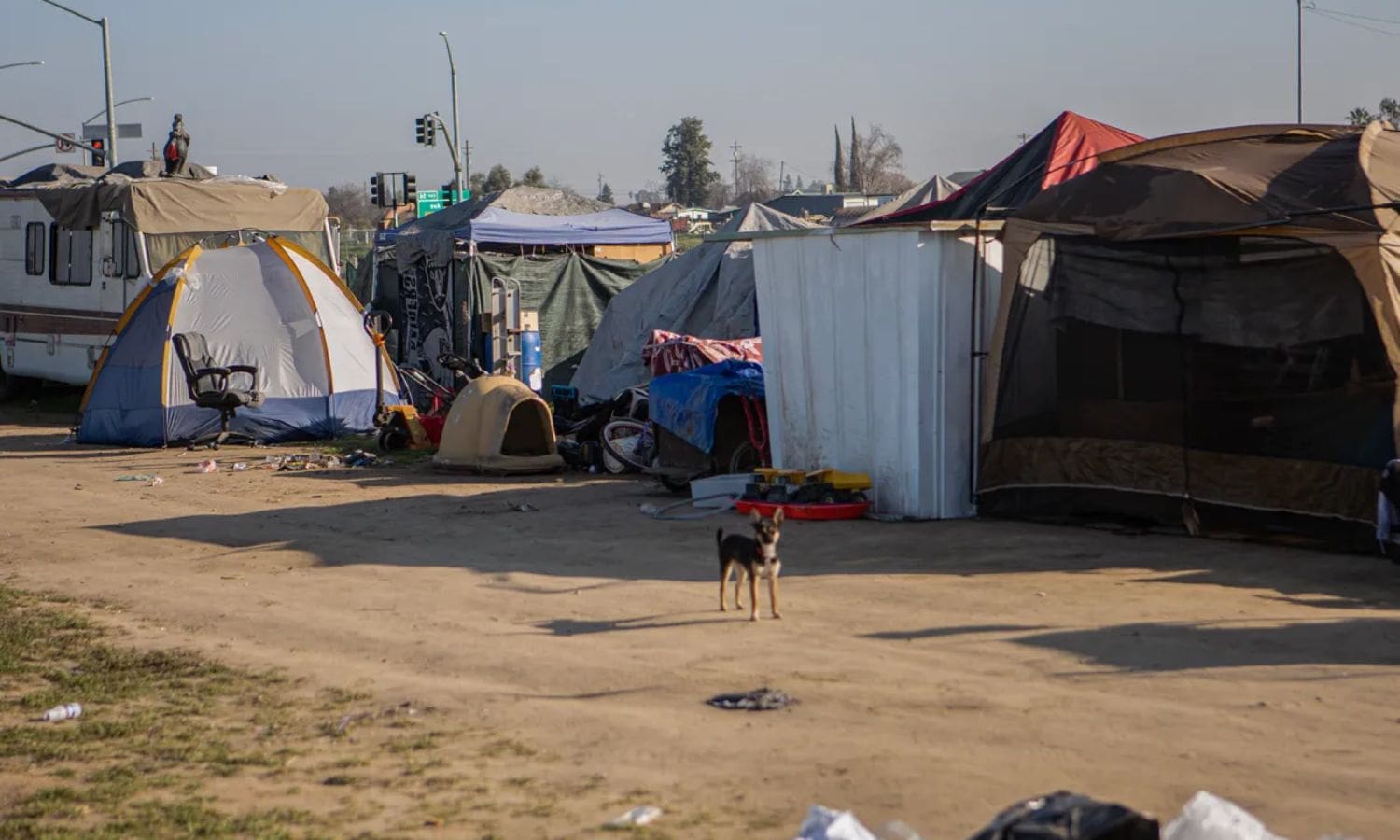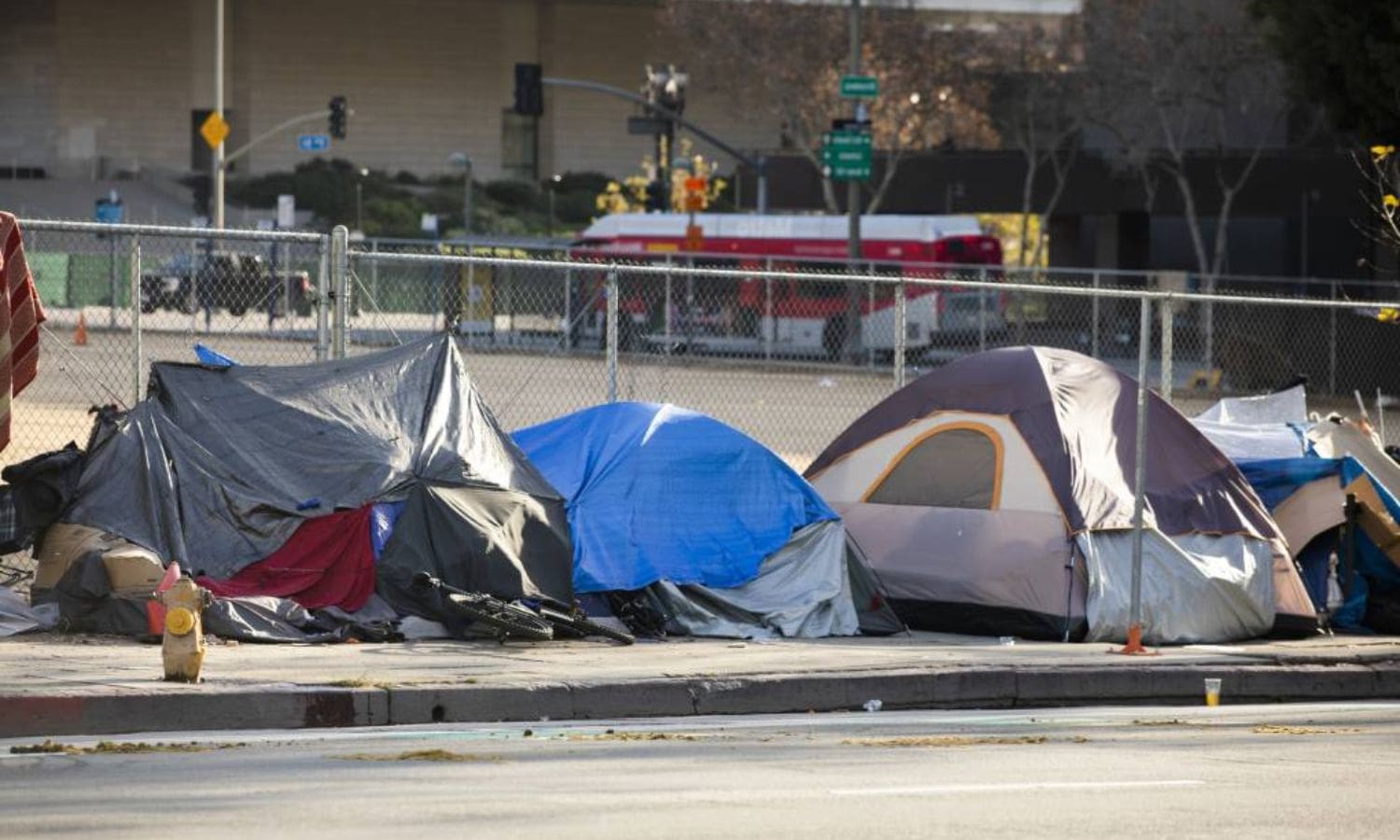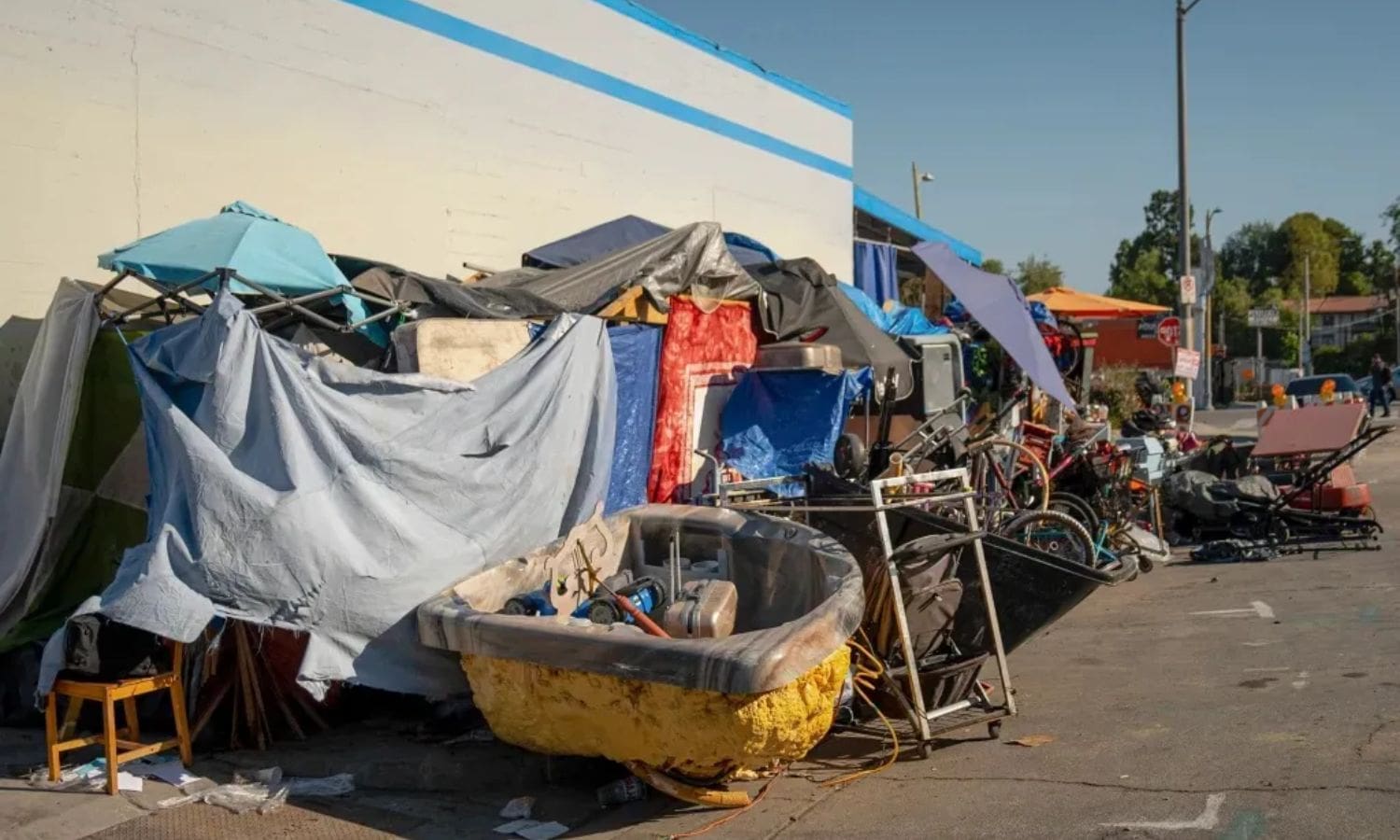California Struggle for Clearing Homeless: California’s struggle to clear homeless encampments has been a complex and ongoing challenge. In an effort to address this issue, the state implemented the $750 million Encampment Resolution Fund.
Preliminary progress reports indicate mixed outcomes, with both successes and challenges. The allocation of funds and regional challenges, as well as the criticisms and concerns surrounding funding limitations and exclusions.
The Guadalupe River Trail as a case study and explores future challenges in finding sustainable solutions.
Key Takeaways Of California Struggle for Clearing Homeless
- California’s Encampment Resolution Fund is a $750 million initiative aimed at addressing homeless encampments, with a focus on locations like the Guadalupe River Trail.
- Transitioning individuals from encampments to permanent housing faces challenges such as limited availability of affordable housing, complex eligibility requirements, and limited support services.
- The allocation of funds has been partially spent, but there are challenges faced by cities like San Jose, Tulare, Los Angeles, and Santa Barbara County, including a lack of affordable housing and resources for mental health and substance abuse treatment.
- There are concerns about the sustainability and fairness of efforts, with funding limitations and exclusions, potential reversals in progress without sufficient funding, and worries about long-term sustainability without adequate resources. Additionally, the rehabilitation of heavily impacted areas like the Guadalupe River Trail presents ongoing challenges in balancing preservation and safety.


Also Read: CSU Systemwide Strike: Over 29,000 Employees Consider Walking Off the Job
California’s $750 Million Initiative: The Encampment Resolution Fund
The $750 million initiative, known as the Encampment Resolution Fund, is California’s comprehensive strategy to address the issue of homeless encampments and find long-term solutions.
Governor Gavin Newsom’s plan focuses on locations like San Jose’s Guadalupe River Trail, where homeless encampments have become a significant problem.
The fund aims to tackle this issue by providing resources for clearing the encampments and offering permanent housing options for those affected.
The initiative recognizes that clearing the encampments alone is not enough and that finding sustainable housing solutions is crucial.
By investing a substantial amount of money into this fund, California aims to make a significant impact on the homeless crisis in the state.
The Encampment Resolution Fund demonstrates the state’s commitment to addressing this issue and finding lasting solutions for those experiencing homelessness.
Mixed Outcomes: Preliminary Progress Reports and Challenges
What are the challenges faced in transitioning individuals from temporary to permanent housing under California’s Encampment Resolution Fund?
- Limited availability of affordable housing: One of the main challenges is the lack of affordable housing options for individuals transitioning out of encampments. The high cost of rent and the shortage of available units make it difficult for these individuals to secure permanent housing.
- Complex eligibility requirements: Another challenge is the complex eligibility requirements set by the fund. Some individuals may struggle to meet these requirements, which include income limits and background checks, making it harder for them to access permanent housing solutions.
- Limited support services: Transitioning from temporary to permanent housing requires comprehensive support services such as job assistance, mental health counseling, and substance abuse treatment. However, the fund’s resources are often stretched thin, resulting in limited availability of these crucial services for individuals in need.
These challenges highlight the complexities involved in transitioning individuals from temporary to permanent housing under California’s Encampment Resolution Fund. Addressing these issues is crucial for the success of the program and for effectively supporting individuals in finding stable, long-term housing solutions.


Spending and Results: Allocation of Funds and Regional Challenges
Amidst the challenges faced by California’s Encampment Resolution Fund, addressing the allocation of funds and regional challenges is vital for effectively clearing homeless encampments. Despite spending two-thirds of the $48 million from the first round of statewide grants, only a limited number of jurisdictions have reported fully clearing their targeted encampments. The spending patterns reveal the need for a more strategic approach in utilizing the allocated funds.
Cities such as San Jose, Tulare, Los Angeles, and Santa Barbara County have encountered difficulties in achieving permanent housing solutions. These challenges include the lack of available affordable housing, limited resources for mental health and substance abuse treatment, and bureaucratic obstacles.
To ensure better results, it is crucial to allocate funds based on the specific needs and priorities of each region and to address the underlying issues contributing to homelessness.
Criticisms and Concerns: Funding Limitations and Exclusions
With funding limitations and exclusions being raised as significant concerns, critics question the sustainability and fairness of California’s efforts to clear homeless encampments. The absence of additional funding beyond the current round raises doubts about the long-term effectiveness of initiatives like the Encampment Resolution Fund.
The criticisms and concerns regarding funding limitations and exclusions include:
- Potential reversals in progress: Without sufficient funding, there is a risk of undoing the progress made in clearing homeless encampments. The lack of resources may hinder ongoing efforts to provide shelter and support services to those experiencing homelessness.
- Exclusion of smaller communities: The competitive grant programs that exclude smaller communities, such as Paramount, raise concerns about the fairness and favoritism towards larger cities. This exclusion may perpetuate inequality and hinder smaller communities’ ability to address their homeless population effectively.
- Uncertainty about long-term sustainability: The limited funding and exclusions raise questions about the long-term sustainability of California’s efforts. Critics worry that without adequate resources and a more inclusive approach, the state may struggle to address the root causes of homelessness and provide lasting solutions.
These criticisms highlight the need for additional funding and a more equitable distribution of resources to ensure the effectiveness and fairness of California’s initiatives in clearing homeless encampments.
Guadalupe River Trail and Future Challenges
One major challenge facing California’s efforts to clear homeless encampments is the preservation and rehabilitation of the Guadalupe River Trail in San Jose. The trail, which runs along the Guadalupe River and provides a scenic route for walkers, joggers, and cyclists, has been heavily impacted by encampments, resulting in safety concerns and environmental damage. The Guadalupe River Park Conservancy, utilizing a portion of the state grant, is working towards rehabilitating the trail to prevent a resurgence of encampments.
However, future challenges lie ahead. One such challenge is the need for ongoing maintenance and monitoring of the trail to ensure its long-term sustainability. Additionally, the conservancy must find a balance between preserving the natural habitat along the trail and providing a safe and accessible space for all users. Achieving this balance requires careful planning and collaboration with stakeholders, including the homeless population.
To emphasize the importance of addressing these challenges, the following table highlights the potential consequences if the Guadalupe River Trail is not properly preserved and rehabilitated:
| Consequences |
|---|
| Increased safety risks for trail users |
| Continued environmental damage |
| Potential resurgence of encampments |
Addressing these challenges requires a holistic approach that includes not only the rehabilitation of the trail but also the provision of adequate housing and support services for the homeless population. Without these efforts, the Guadalupe River Trail will continue to face the risk of encampments and the associated issues that come with them.


Conclusion Of California Struggle for Clearing Homeless
The struggle to clear homeless encampments in California is a complex issue that requires a comprehensive approach. Despite the implementation of the $750 million Encampment Resolution Fund, preliminary progress reports indicate mixed outcomes and numerous challenges.
The allocation of funds and regional disparities pose further obstacles to achieving desired results. Additionally, criticisms regarding funding limitations and exclusions raise concerns about the effectiveness of current initiatives.
Moving forward, addressing challenges such as the Guadalupe River Trail will be crucial in finding sustainable solutions to homelessness in California.
Our Reader’s Queries
Q1. How many homeless are in California 2023?
Ans. In a notable demographic discrepancy, California, representing 12% of the total U.S. population, hosts 28% of the nation’s homeless individuals, numbering 181,399.
Q2. Why is California in a crisis?
Ans. According to experts and advocates, the foremost factor contributing to homelessness in the state is the scarcity of affordable housing. This challenge has been further intensified by the conclusion of pandemic programs that previously extended shelter options and provided safeguards for tenants facing eviction.
Q3. Why is California losing population?
Ans. The elevated cost of living in California has prompted a significant exodus of both businesses and residents, raising concerns about the potential repercussions for the state’s job market and economic outlook. Some attribute this migration to more business-friendly and lenient states such as Arizona and Texas, pointing to California’s environmental policies and mandates as potential drivers of the economic and political shift.

